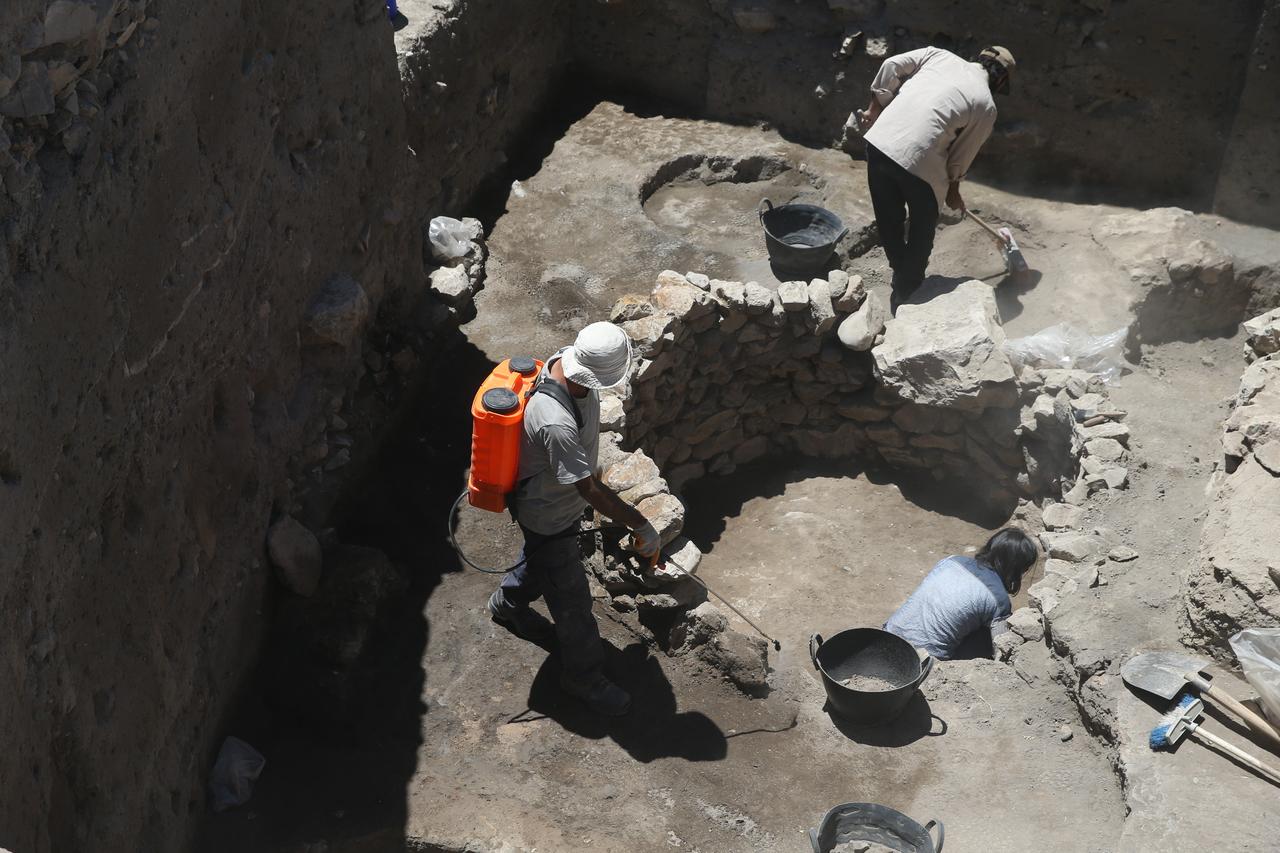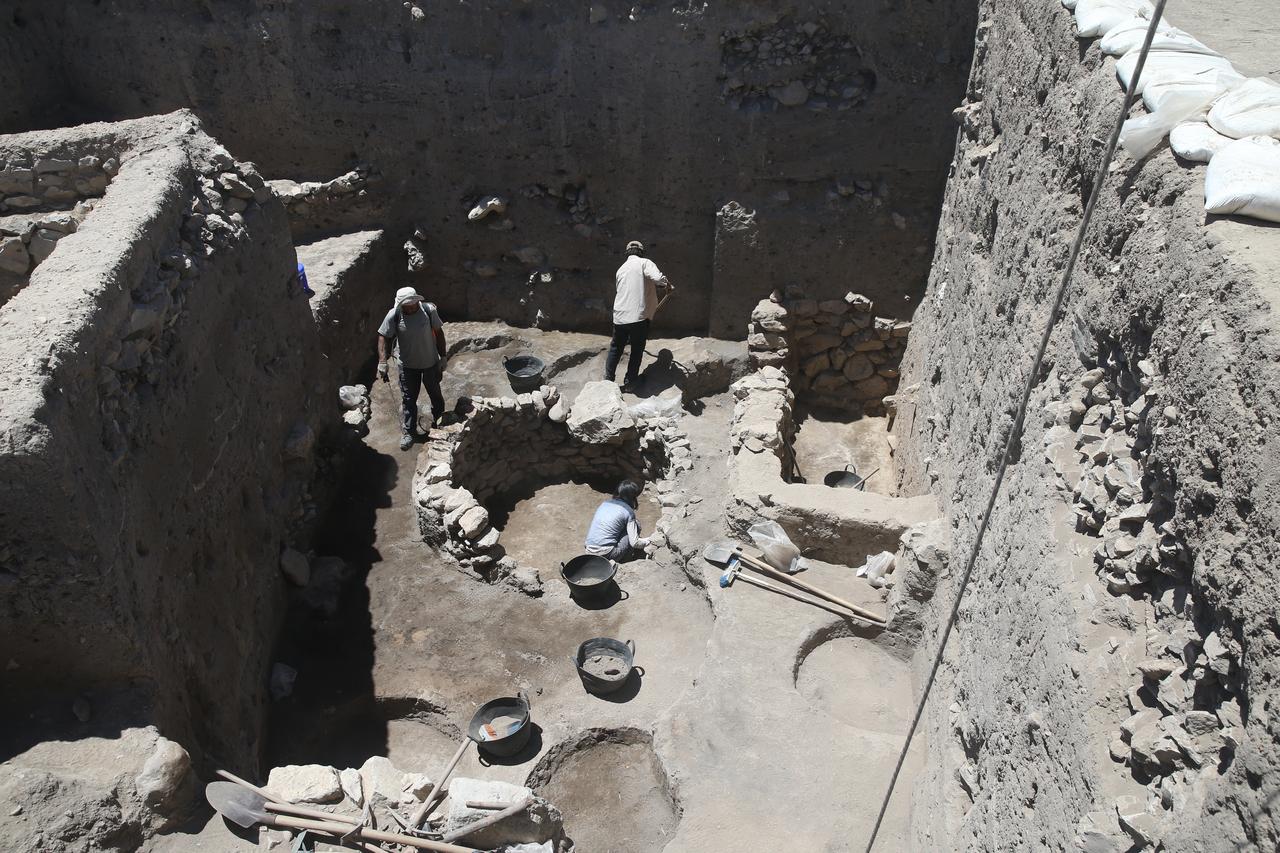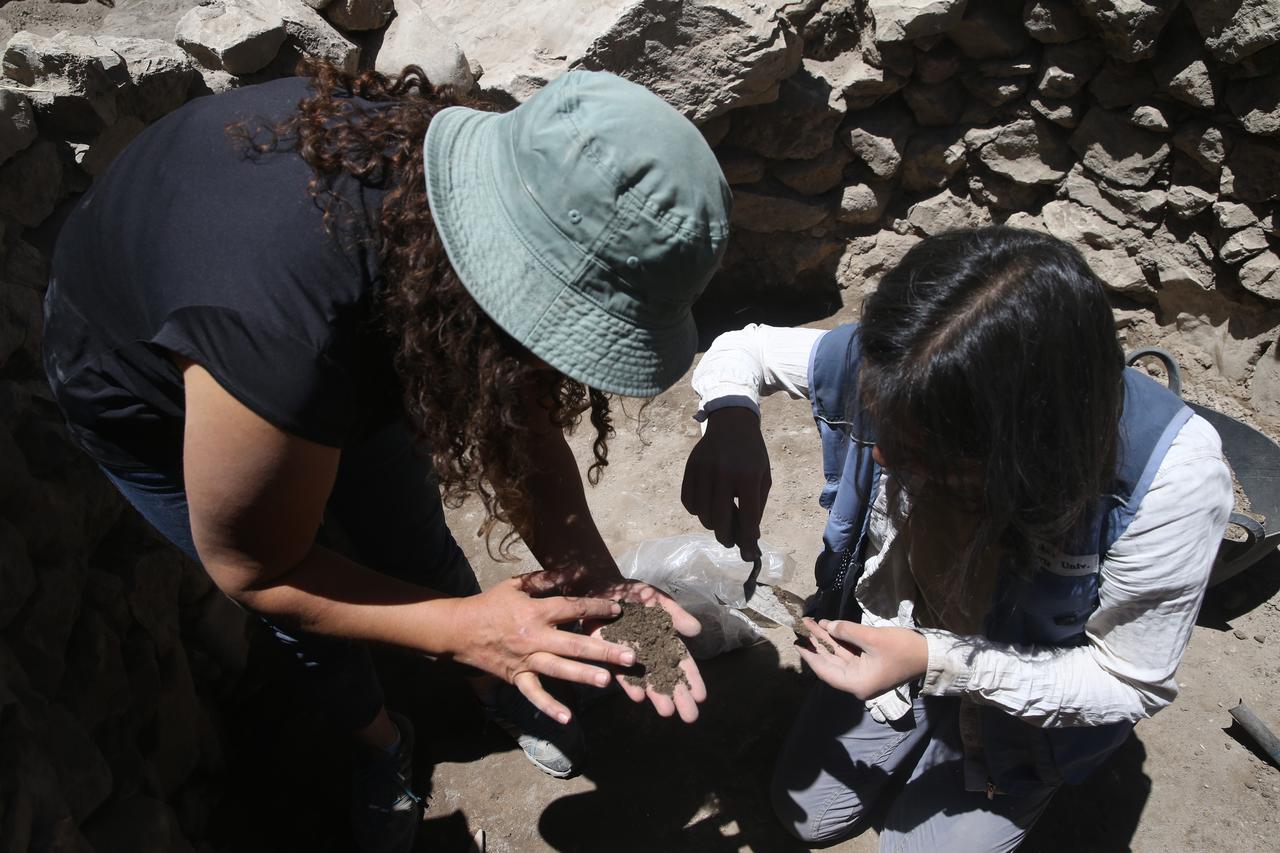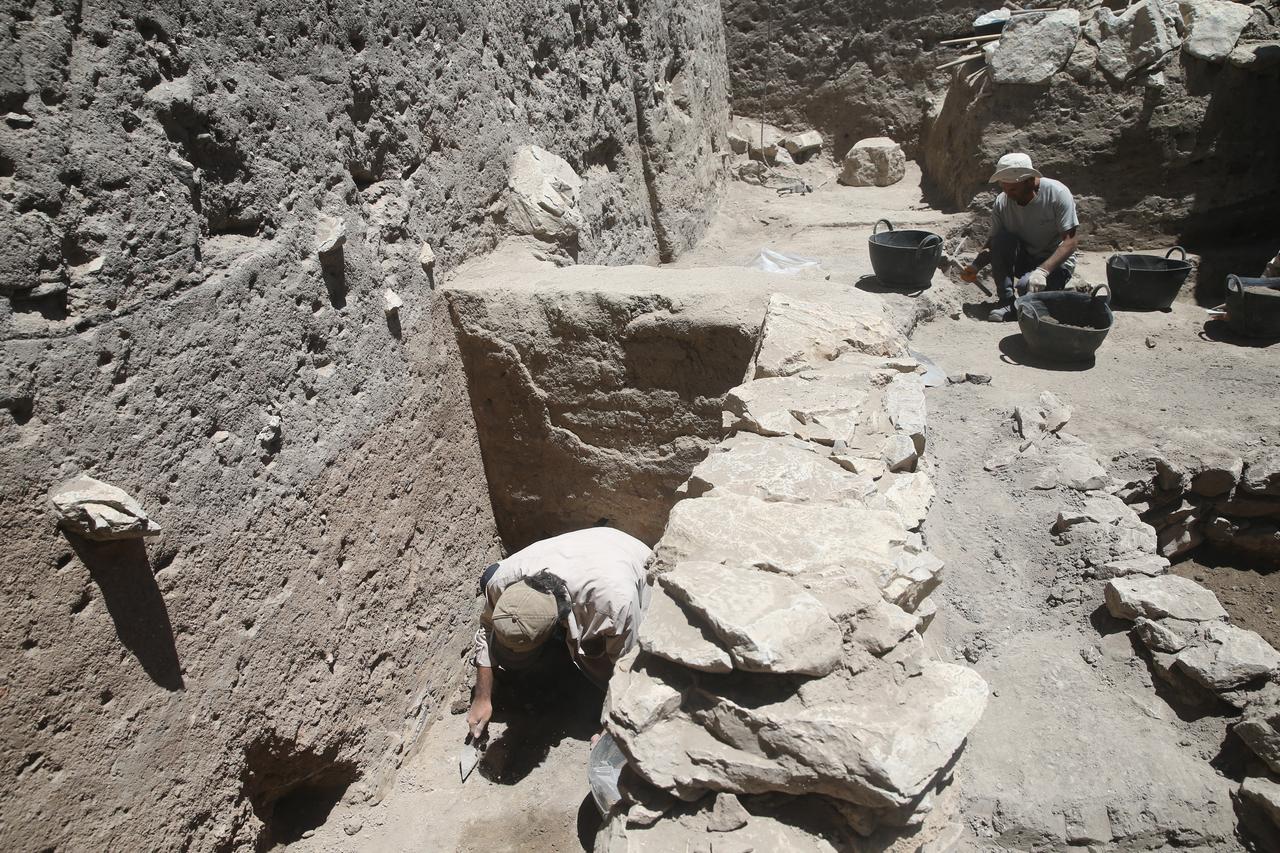
Archaeological work at Yassi Hoyuk, a settlement mound in the Afsin district of southeastern Türkiye, has brought to light a large architectural structure and stone-built silos dating back to the Late Bronze Age, a time associated with the Hittite civilization.
Excavations, initiated in 2021 under the direction of Associate Professor Elif Basturk from Ahi Evran University and carried out with the approval and support of the Turkish Ministry of Culture and Tourism, have now uncovered multiple layers from the Late Bronze Age. During the 2025 excavation season, archaeologists identified a room connected to a broader architectural complex, as well as a stone-lined silo believed to have been used for storage.

Basturk emphasized the significance of the newly uncovered structure, explaining that it forms part of a two-phase sequence that also includes evidence of renovations. While this season's findings are already notable, she pointed to even greater expectations beneath the current layers.
"What excites us the most is the possibility of reaching levels associated with the Assyrian Trade Colonies period," she said. "That period is defined by written documents and clay tablets, and considering the location of Afsin-Elbistan on major trade routes of the time, this site holds special importance."

Last year, researchers discovered a numeric tablet from the Late Bronze Age—possibly used as a kind of receipt—providing evidence that some form of record-keeping existed at the site. The artifact was found near a renovated part of the large structure, directly connected to the silo layer.
Basturk noted, "We’re thrilled by the thought—are we getting closer to written sources? Will we uncover more tablets or other findings?"

Beyond the Late Bronze Age levels, Yassi Hoyuk has revealed traces of multiple historical periods. In 2022, archaeologists unearthed the remains of a Roman basilica at the top of the mound. This was followed by the identification of an administrative complex from the Achaemenid Persian period, parts of which were further excavated and expanded during the 2024 season.
Importantly, the team also began exposing the transitional phases between the Late Bronze Age and the Middle Iron Age, previously inaccessible in earlier excavations. According to Basturk, these layers are located at the center of the mound.
So far, the excavation team has identified nine major occupational layers at Yassi Hoyuk, covering a timeline from around 6,000 B.C. to 275 A.D. Each of these layers contains additional sub-phases, offering a highly detailed look into the region’s long and complex history.